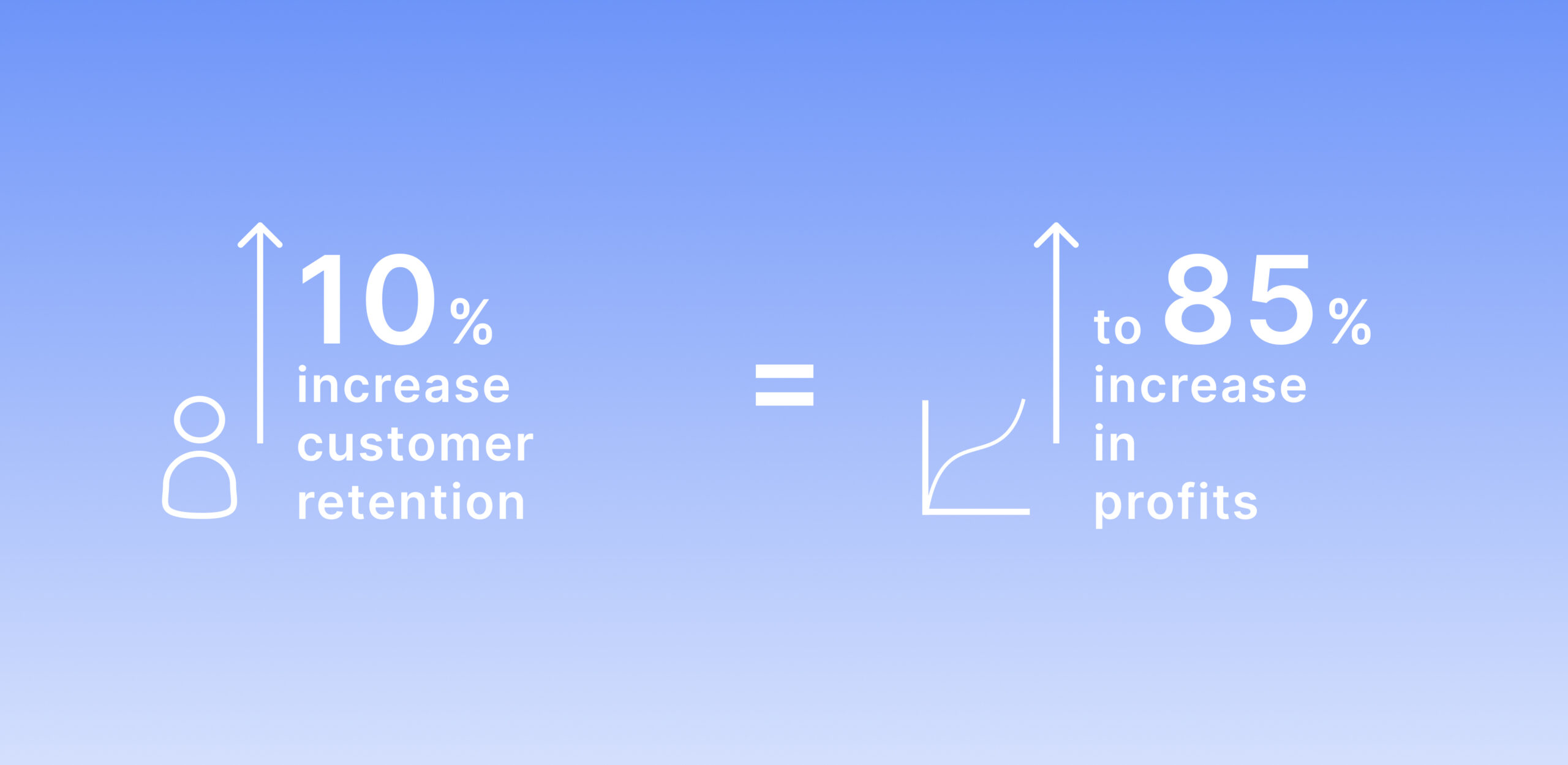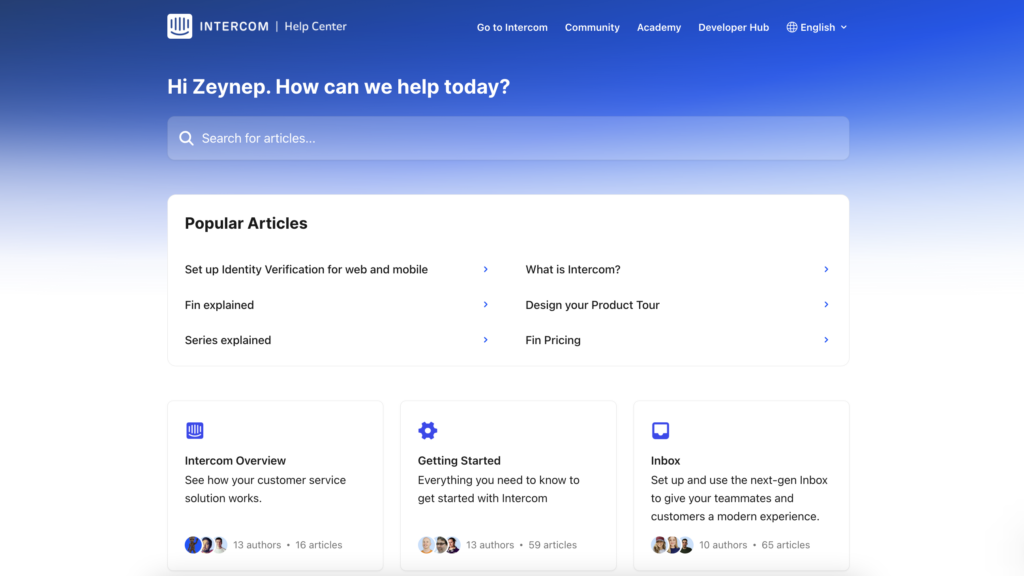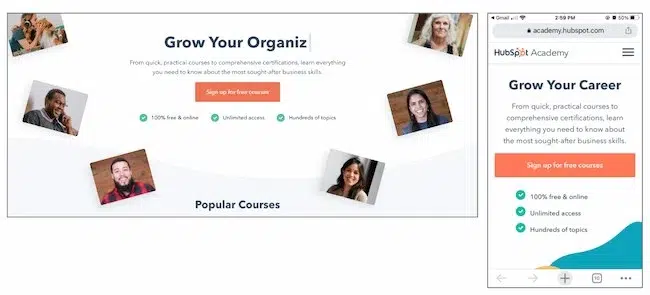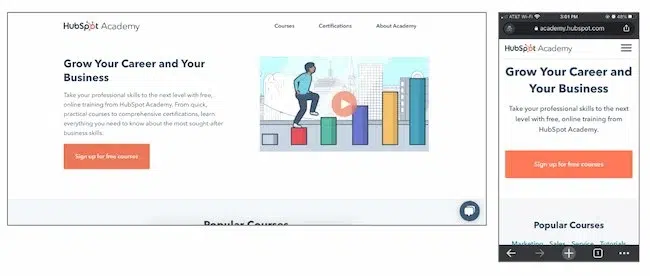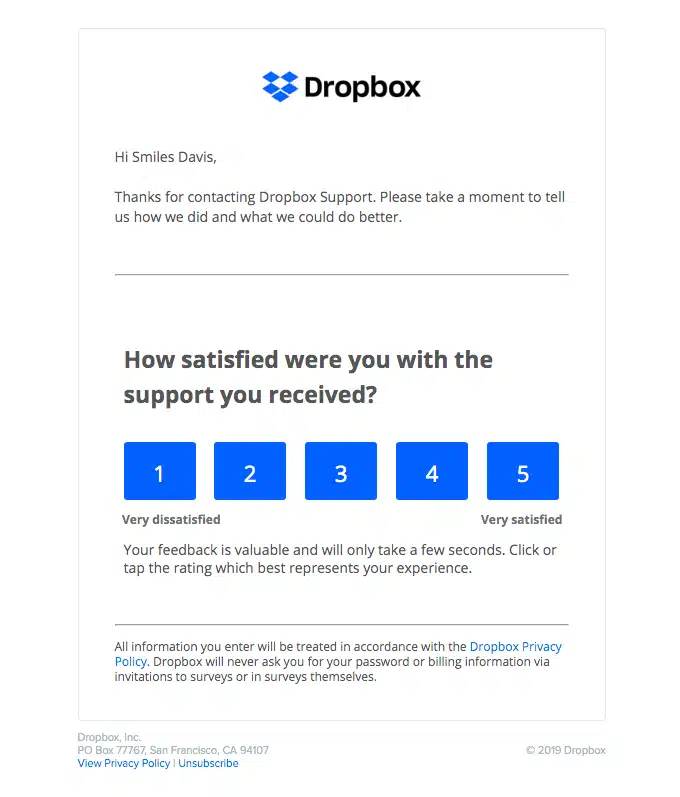Customer retention cost isn’t just a metric, it’s the backbone of success.
Drawing parallels, consider platforms like Tinder or Bumble: once you have a match, the real challenge is in keeping that match interested.
In the business realm, it’s quite similar. While it’s not about romantic matches, the essence remains: businesses need to go beyond winning a customer to nurturing and retaining them.
The narrative is that retaining customers is cheaper than acquiring new ones. However, without proper insight and strategies, keeping existing customers could drain your financial resources.
In this guide, we’ll explain how to calculate customer retention costs, how it works and give you tips on how to make these costs easier for your SaaS business.
What is customer retention?
Customer retention is one of the most important metrics used in SaaS and refers to the ability of your product to keep customers for an extended period of time.
What is customer retention cost (CRC)?
At its core, customer retention cost (CRC) is the total amount of money that a business spends to keep an existing customer.
It is a measurement that shows the whole picture of the resources and strategies used to keep a customer happy after the initial sale.
Why CRC metrics are important?
- Learning CRC helps in solving the ROI from retention efforts.
- Your CRC can show invaluable insights into optimizing pricing structures, discount offers, and even the feasibility of freemium models.
- By mixing CRC with customer lifetime value (CLV), businesses can see true customer worth, enabling more effective retention strategies.
What does CRC include?
Expenses related to Customer Success: Investments in dedicated customer success teams or tools ensure that customers are gaining maximum value from your product or service.
- According to an anonymous study, companies that increased their spending on customer success by 1% saw a 2% increase in customer retention.
Customer Service Operations: These are the costs associated with maintaining a customer support team, helplines, and other reactive measures to address customer queries and issues.
- Gartner’s research indicates that well-structured customer service can raise customer loyalty by up to 25%.
Engaging existing customers through Marketing: Costs tied to initiatives like email campaigns, newsletters, or loyalty programs targeting existing customers fall under this.
- As per Bain & Company, increasing customer retention rates by just 5% can lead to profit increases between 25% to 95%.
Training and Professional Services: This includes workshops, webinars, and other training sessions designed to empower customers to make the most of your product or service.
Investment in additional teams or platforms: Any technology, platforms, or teams specifically implemented to enhance customer engagement and satisfaction are also factored into CRC.
- For instance, companies that use advanced CRM systems have witnessed a rise in customer retention by up to 27% as per a study by Salesforce.
How can we calculate CRC?
There are 3 formulas you can use to calculate customer retention cost.
| Formula Name | Formula | Example |
|---|---|---|
| Average CRC per Customer | Average CRC per Customer = Total CRC of all customers divided by Number of active customers in that period | Given: $10,000 spent on customer retention for 100 customers. Calculation: $10,000 ÷ 100 = $100 per customer. Result: $100 spent per customer for that quarter. |
| Average Lifetime CRC per Customer | Average Lifetime CRC per Customer = Average CRC per Customer multiplied by Average Customer Lifetime | Given: 3-year customer engagement and $100 quarterly CRC per customer. Calculation: $100 x 12 quarters = $1,200. Result: $1,200 spent per customer over their 3-year engagement. |
| CRC Ratio | CRC Ratio = CRC divided by ARR (or MRR if monthly) | Given: Annual CRC = $120,000 and ARR = $1,200,000. Calculation: $120,000 ÷ $1,200,000 = 0.1 or 10%. Result: 10% of annual revenue spent on customer retention. |
Average CRC per Customer
This formula gives you an understanding of the average cost spent to retain a customer over a specific period. It’s calculated as:
Average CRC per Customer = Total CRC of all customers / Number of active customers in that period
Imagine, in a given quarter, a SaaS company allocated $10,000 on works tied to customer retention. This could include aspects like customer support, training, or the development of specialized features.
Assuming the company gave service to 100 active customers during that period, we can determine the average CRC per customer.
The calculation here would be $10,000 ÷ 100 = $100.
This result means that, on average, the company spent $100 on retention activities for every active customer they had in that specific quarter.
Average Lifetime CRC per Customer
This dives deeper, projecting the average retention cost for a customer throughout their entire lifecycle with your company. It multiplies the average CRC per customer by the average lifespan of a customer:
Average Lifetime CRC per Customer=Average CRC per Customer × Average Customer Lifetime
Imagine a scenario where historical data suggests that a customer generally stays with a SaaS solution for around 3 years. This equates to 12 quarters. Now, let’s say the quarterly average CRC (Customer Retention Cost) per customer stands at $100, based on the calculations provided earlier.
Doing the math, the equation would be $100 x 12 = $1,200.
This calculation shows that the company expects to spend an average sum of $1,200 on retention measures for each customer during their typical 3-year engagement.
CRC Ratio
Another common measurement and calculation is the CRC ratio. This ratio determines how much money is spent on customer retention in relation to overall revenue.
CRC Ratio = CRC / ARR
If measuring on a monthly basis, use Monthly Recurring Revenue (MRR) as your denominator:
CRC Ratio = CRC / MRR
Let’s say a company has an annual CRC of $120,000 and an Annual Recurring Revenue (ARR) of $1,200,000. The CRC Ratio would be $120,000 ÷ $1,200,000 = 0.1 or 10%. This indicates that 10% of the company’s annual revenue is spent on customer retention activities.
Customer Acquisition Cost (CAC) vs. Customer Retention Cost (CRC)
Customer acquisition cost (CAC) is the cost of acquiring new customers, while customer retention cost (CRC) is the cost of keeping existing customers.
CAC includes all expenses related to attracting and converting a lead into a paying customer. While CRC includes all expenses associated with keeping customers engaged and loyal.
For example, if a business spends $10,000 on a Facebook ad campaign and acquires 100 new customers as a result, its CAC would be $100 ($10,000 ÷ 100).
On the other hand, if the business spends $5,000 on a loyalty program that helps retain 200 customers over a given period, its CRC would be $25 ($5,000 ÷ 200).
Here’s a breakdown of the primary distinctions between CAC and CRC:
Purpose and Definition
- CAC (Customer Acquisition Cost): This metric means all expenses related to attracting and converting a lead into a paying customer.
- CRC (Customer Retention Cost): In contrast, CRC calculates all expenses associated with keeping customers loyal to your product and brand (I mean YOU).
Operational Focus
- CAC: The spotlight is on improving the targeting or optimizing of the sales funnel.
- CRC: The focus is on offering better customer service or creating more engaging loyalty programs.
Cost
- CAC: The costs that fall under CAC typically span advertising, promotional drives, sales commissions, and other upfront expenses aimed at drawing in new users.
- CRC: This realm is more about sustaining a positive relationship, with costs that may encompass customer support, loyalty incentives, retention-oriented discounts, and other engagement programs.
How to Reduce Retention Costs in SaaS Companies?
1. Implementing a customer-centric approach
Building a customer-centric strategy is the primary solution for any SaaS product team looking to reduce their worldwide customer retention costs or they will have to focus on managing their churn rates!
With this strategy, you can collect your users’ feedback through various channels by creating in-app models or custom request fields. You can review, categorize, or prioritize the insights you gather from various channels.
This allows you to create features that fit their needs and add value to their experience. In turn, this can result in increased customer satisfaction and retention rates.
Determining your product roadmap with the insights of your users will be a very effective move to identify the points where your users have problems. Moreover, the new features you will create for their needs will increase your user satisfaction rates.
However, you should also stay away from developing features to look cute for your users. Instead, you should focus on making improvements that create real value.
2. An in-app help center, onboarding materials, and self-support
If you really want to reduce your customer retention costs, it’s important to provide your customers with easy access to onboarding materials and self-service support at any time. How about trying to create an in-app help center that functions as a knowledge base to better assist your customers?
You can collect all your documentation files, webinars, tutorials, FAQs, and live chat widgets in one place and make them visible to make it easier for customers to access the help center. In this way, your users will be able to solve their own problems on their own instead of contacting your colleagues in the customer support team.
This means lowering your team building and management costs!
Implementing an in-app help center is an effective way to provide your customers with the support they need while also improving their overall experience with your product.
Intercom is a good example of this. It’s not just a chat solution; it’s a strong platform that lets businesses build an in-app help center that works well with the rest of the app.
With Intercom, you can put all of your documentation, webinars, tutorials, frequently asked questions (FAQs), and even a live chat feature under a single, unified roof. By putting these resources in the application interface, you can make users happier and reduce the costs of keeping them.
3. A/B tests

Did you know that you can achieve the best results by offering different variations to different users? A/B testing is a tool that helps you understand which version works best by presenting different variations of a page or a feature to different groups of users.
Thanks to A/B testing, you can make informed decisions based on data instead of making assumptions within the team. For example, if you are going to refresh your new pricing page or your onboarding page, with A/B testing, you will be able to identify strengths and weaknesses and make improvements before presenting them to your users.
Continuously improving your product and giving importance to user ideas is very important in terms of the user experience. In this way, you develop a long-term relationship with your users. Thanks to A/B tests, you will be able to make data-based decisions in light of your users’ decisions. In this way, your direct user satisfaction rates will increase, and your user retention costs will decrease!
HubSpot, for example, has always been a big fan of A/B testing. From CTAs to landing pages, they have always A/B tested different parts of their platform.
Variant A:
Variant B:
Through A/B testing, they found that changing the color of their CTA button made a big difference in the number of clicks. By making this seemingly small change based on how people actually used the site, they were able to improve conversions without doing a big overhaul.
4. Use surveys
One of the most important methods to give what your customer expects, and stop spending time and money on the wrong resources through micro surveys. Targeted in-app questionnaires that focus on specific aspects of the user journey is the best way to do so.
Using micro surveys, SaaS businesses can:
- Find and fix any navigational or design problems that users are having
- Find out which features users like and which ones they don’t.
- Get a full picture of how happy your users are.
By actively collating feedback via these brief surveys, SaaS companies can proactively address concerns, refine their offerings, and enhance the overall customer experience.
Companies like Dropbox are proof of how useful micro surveys can be.
They’ve done a good job of putting these short surveys into the flow of their users, which helps them keep improving their products and makes their users happier.
5. Track User and Account Data
One of the significant oversights in many SaaS companies is not making full use of user and account data. By effectively tracking this data, SaaS companies can:
- Identify patterns that indicate potential churn or dissatisfaction
- Predict and address user needs before they become problematic, leading to proactive problem-solving
- Modify the platform or its features based on actual user behavior and preferences. For instance, if a set of users consistently avoids a particular feature, it might be worth revisiting its utility or functionality.
Think about UserMotion, which is a platform that helps B2B SaaS companies to identify accounts that are most likely to buy, expand, or at risk of churn.
A SaaS company noticed that fewer people were using a key part of their platform. Even though usage metrics showed a drop, it was hard to figure out why. UserMotion was able to find signs that users were unhappy with how responsive this feature was by digging deep into product and user data.
Before users started to complain or, even worse, started to think about other options, the company jumped into action. Using what they learned from the insight, they improved the feature’s responsiveness and ease of use. The result was immediate: users who had seemed disinterested before started using the updated feature, preventing a situation where they might have churn.
SaaS companies can switch from a reactive to a proactive strategy by adding tools like UserMotion to their stack. By catching problems early and fixing them, they not only keep users but also build deeper trust and loyalty, making sure their product is always in line with what users want and need.
Conclusion
Going step-by-step, I tried to explain how to calculate customer retention costs and tips on how to reduce these costs for your SaaS business.
Now you know the customer retention cost and have ideas on how to reduce it.
Now it’s time to apply all you’ve learned!
Frequently Asked Questions
How to calculate customer retention cost?
Customer retention cost (CRC) can be computed using various formulas, but three common methods are:
- Average CRC per Customer:
- Formula:
Average CRC per Customer = Total CRC of all customers / Number of active customers in that period
- Formula:
- Average Lifetime CRC per Customer:
- Formula:
Average Lifetime CRC per Customer = Average CRC per Customer x Average Customer Lifetime
- Formula:
- CRC Ratio:
- Formula:
CRC Ratio = CRC / ARR(or useMRRif you’re calculating on a monthly basis)
- Formula:
What is an example of a customer retention cost?
imagine a SaaS company that has allocated $10,000 in a given quarter to activities related to customer retention. If this company served 100 active customers during this quarter, the Average CRC per Customer would be calculated as $10,000 (Total CRC) ÷ 100 (Number of active customers) = $100.
What are the retention marketing costs?
Retention marketing costs contain strategies to retain customers and increase their lifetime value, including include targeted offers, loyalty programs, and email marketing.

